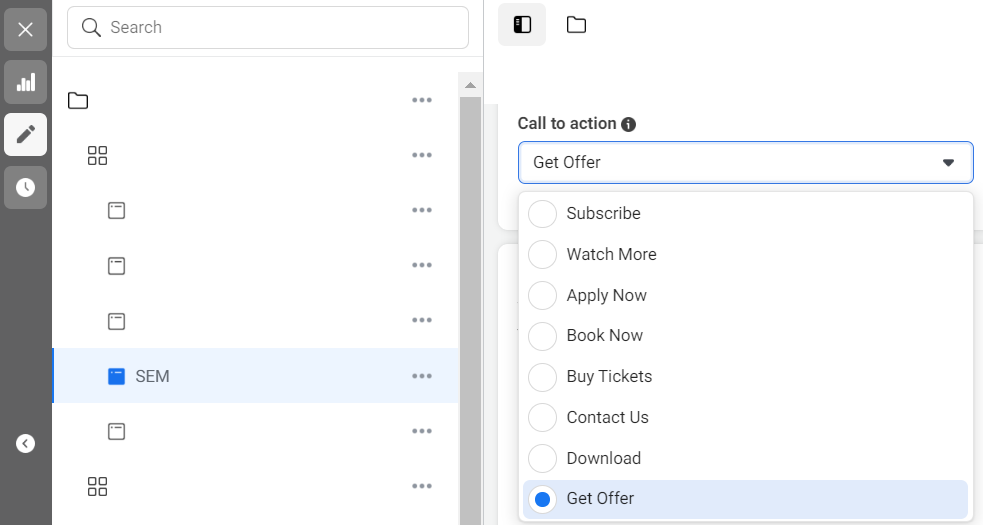
How Often Does Google Crawl Sitemaps? Our Experts Guide
Google's ability to crawl and index your sitemap is a crucial aspect of search engine optimization (SEO). This process directly impacts how quickly new content appears in search results. In this article, we’ll dive deep into the factors that influence How Often Does Google Crawl Sitemaps and how you can optimize your website to ensure frequent crawls.
Understanding Google Crawling
Google uses an automated process involving "Googlebots" (web crawlers) that visit and index pages on your website. Crawling helps the search engine stay up-to-date with your site's structure and content, which is why it’s essential to have an optimized sitemap.
According to industry experts like Neil Patel and Nathan Gotch, websites with better structure and frequent updates are crawled more often. Generally, Google crawls a site anywhere from every few days to a few weeks, depending on factors like the website's domain authority, content updates, and internal linking.
Factors Influencing Google Crawling Frequency
Here are some critical factors that influence how often Google crawls your sitemap:
1. Content Updates
Websites that update content regularly are more likely to be crawled more frequently. For example, websites with new blog posts every week are typically indexed faster than sites with sporadic updates.
Tip:
Update your sitemap with the correct <lastmod> tag to ensure Google knows when content has been changed. Use Google Search Console to submit your updated sitemap and encourage faster indexing.
2. Internal Linking Structure
A clean, well-organized internal linking structure allows Google to navigate through your pages more efficiently. Use tools like Link Whisper to enhance internal linking, which signals Google that your site has a logical flow, encouraging more frequent crawling.
3. Site Authority and Backlinks
Sites with higher domain authority and more backlinks tend to get crawled more often. Authoritative websites signal to Google that their content is relevant and valuable, which results in more frequent visits from the crawlers.
Practical Solutions to Increase Crawling Frequency
If you want to boost the crawling frequency for your website, here are some actionable steps:
1. Optimize for Mobile and Speed
As Matt Diggity explains, Google prioritizes fast-loading and mobile-friendly sites. Check your site’s mobile usability through Google Search Console and ensure that loading speed is optimized.
2. Regular Sitemap Submissions
After updating your content, submit your sitemap to Google Search Console manually. This sends a request to Google to crawl your site more quickly, especially when you publish critical updates.
3. Fix Crawl Errors
Use the Crawl Stats Report in Google Search Console to find and fix errors. Broken links, 404 errors, or blocked resources can prevent Google from fully crawling your site, which can negatively impact your ranking.
How to Check When Google Last Crawled Your Site
You can check the last crawl date for any page of your website in Google Search Console. Look under the "Coverage" section for "Last Crawled" to know how recently your content was indexed.
Real-Time Data on Crawling Frequency
Based on data from Neil Patel's SEO experiments and industry analysis, websites that publish multiple pieces of content weekly can see their content crawled within 48 hours of publishing. Websites that update their sitemap and have a strong internal linking strategy tend to see faster indexing times.
| Content Update Frequency | Estimated Crawl Time |
|---|---|
| Daily Updates | Within 1-2 Days |
| Weekly Updates | Within 3-5 Days |
| Irregular Updates | 1-4 Weeks |
Final Thoughts
How often does Google crawl sitemaps? The answer varies, but websites that focus on content updates, clean internal linking, and strong site authority generally experience faster crawl rates. Use tools like Google Search Console to monitor and improve your sitemap and ensure your site is always ready for Google’s crawlers.



